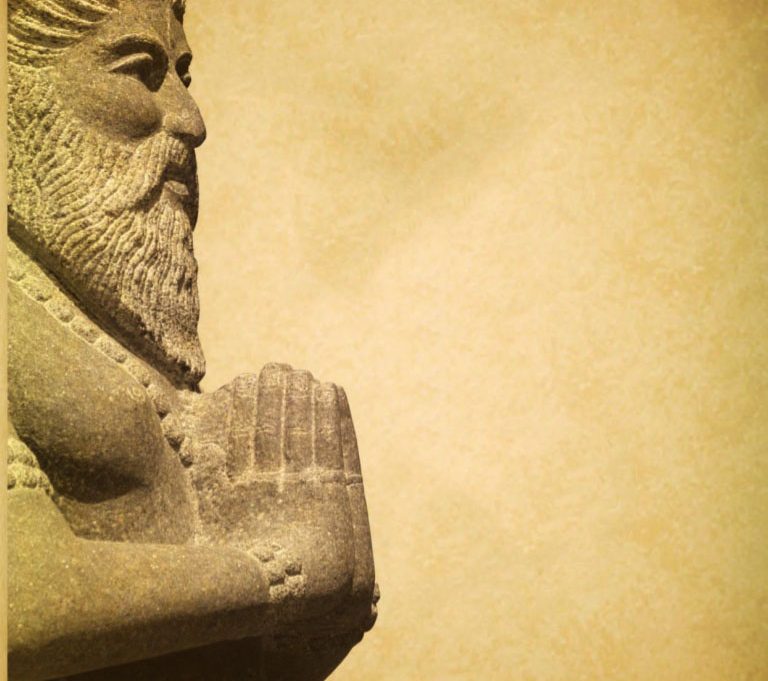PRITHVIRAJ THALI
The essence of the age-old system of Yoga has been summarized in the ancient treatise called Yoga Sutras by Patanjali, widely considered to be the founder of this sacred art. Whether this is true or not is debatable. It is as impossible as it is fruitless to try and find the ultimate source who can be credited with the discovery of the sacred art. The treatise, nevertheless, has stood the test of time and its principles are still universally applicable, more so because it flawlessly unites the principles of Hatha Yoga and the subtler aspects of concentration and meditation of Raja Yoga into a well-integrated system known to us as Ashtanga Yoga — the ‘eight-limbed’ Yoga.
The eight limbs, namely, are: Yama (moral codes), Niyama (self-purification), Asana (posture), Pranayama (breathing control), Pratyahara (sense control), Dharana (concentration), Dhyana (meditation) and Samadhi (absorption into the universal)
The first four forms mentioned above shape a part of the physical discipline which is a pre-requisite to the practice of the last four which embody the core of Raj Yoga. Most of the Vedic wisdom was passed down directly by the master to the disciple solely by the word of mouth and hence did not necessitate its record in the written form. Yoga itself – as also its practice — evidently predates the Yoga Sutras. The Guru-Shishya tradition thus was the edifice upon which knowledge was imparted.
The principle of assimilation of knowledge only from an enlightened master holds its ground even today for initiation in the sacred art of Yoga. There is laughably a huge number of self-help books on Yoga that line the shelves in book stores the world over, each carrying preposterous titles of the type ‘Master-Yoga-in-One-Month’ promising you the attainment of enlightenment, omniscience, omnipresence, omnipotence and what not in just a jiffy.
There is also an equal number of those self-professed experts, who driven by commercial considerations, offer crash-courses in Yoga and mislead gullible Yoga aspirants into the wrong techniques of body postures and unsafe breathing techniques. The results of such an exercise on the human body could range anywhere between absolutely non-beneficial to devastatingly damaging, not to mention adverse psychological consequences. Out-of-body experiences, séances, and deranged states of consciousness are sold for a fortune in the garb of enlightenment by so-called ‘Tantric Yogis’. Such psychic detours have nothing in common with exalted states of being that are attainable to a Yoga practitioner on his journey inward.
Yoga is essentially for the soul and not just the body. The additional benefits it offers in terms of a healthy body are the outer signs of a soul attuned to the measureless frequency of the divine. The contemporary human, mired in materialism, wrongly holds the notion that we are a body and have a soul when, in fact, each of us is a soul and has a body.
Swami Vivekanand was once asked if the Yoga techniques he advocated was some kind of hypnotism. His reply was remarkable: The ancients believed that you are born already hypnotized; Yoga is all about de-hypnotism. The modern practitioner of Yoga is in quite a hurry. Having tasted instant coffee and instant noodles, he yearns to have instant Nirvana, that final state of realisation of absolute oneness with the divine, where the Yogi finally proclaims Soham, roughly meaning, “I am He” or “I am one with my creator”. On another occasion, a western aspirant once asked Vivekanand if by saying ‘Soham’, he could realise oneness with God. The Swami remarked that the ocean can claim that it is the wave that is dancing on its surface, but that little wave cannot claim to be the ocean so long as it does not merge back into the vastness.
Yoga also comes out with flying colours when it comes to handling stress and curing psychological disorders. Even psychiatrists and psychologists the world over have started turning to Yoga as a fool-proof method of regaining balance and equilibrium that ultimately rids one of stress related disorders. While modern systems of medicine treat the symptoms, Yoga addresses the cause. Performed in true spirit and from an early age, Yoga can prevent the occurrence of – and in some cases even reverse symptoms of- many dreaded diseases and chronic ailments. The discipline is thus holistic in its approach.
On the occasion of the International Yoga Day, I recall the clarion call given long ago by the lion-hearted Swami Vivekananda to each of us when he said, “Arise, Awake, and stop not till the goal is reached!!!” With that spirit, may humankind rise above petty parochialism and march unfalteringly into a new tomorrow.



























